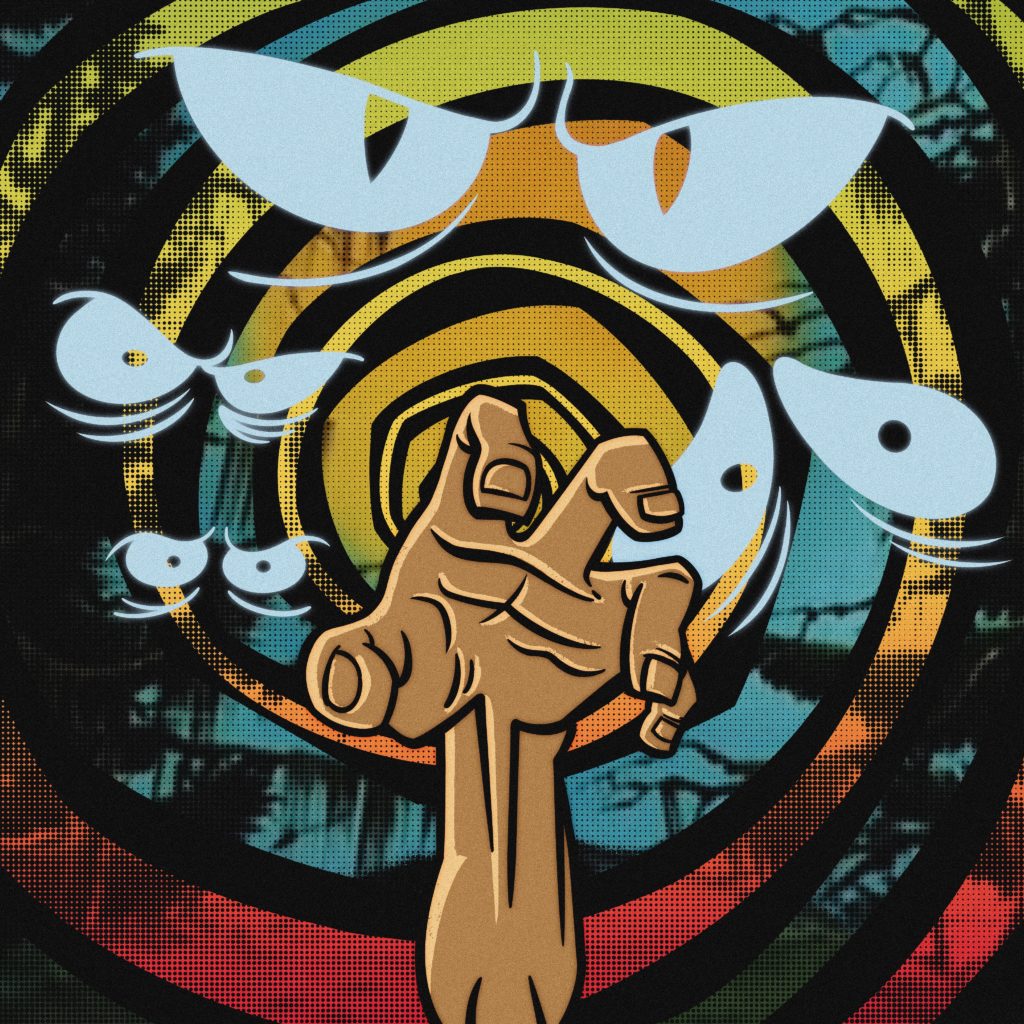If you’re one of the lucky people who were eating solid food by the time 1998 rolled around, odds are high that you like the exploits of the semi-understandable Great Dane named Scooby-Doo. If you were born after 1998 you probably still watched some Scooby-Doo cartoon or another, but you weren’t an Original Fan™, which makes you less valid in a fandom (apparently). That’s alright because this article is for you! I can tolerate your filthy, infantile, filthy, filthy presence for long enough. And since there is yet another Scooby-Doo crossover (sigh) coming soon at time of writing, this article couldn’t come at a better time. I plan to show the time that revitalizing a franchise, surprisingly, worked.
I hardly need to summarize the original Scooby-Doo. If you remember the halcyon “cereal and Saturday morning cartoons” era, then you already know what I’m talking about. It started with Scooby-Doo, Where are You?, a cartoon that ran from 1969 and ended in 1970. In that short time, a beloved set of characters were established in the hearts and minds of the television viewing public. It’s just a shame that the stories didn’t meet the same heights.
Pop-quiz, hotshot: what are the elements of an episode of Scooby-Doo? The answer is the Mystery Inc. gang, “Jinkies!”, “Zoinks!”, a monster/ghost being revealed to be just some guy, and the cheap as hell level of production value. Extra credit if you said a famous guest star. It’s quite the well-known formula. But that’s what the whole franchise became: a formula.
For decades, the series stagnated. Right up until 1998 and the release of the feature-length movie, Scooby-Doo on Zombie Island.
After some time apart to pursue their own goals, Mystery Inc.—consisting of Fred, Daphne, Velma, Shaggy, and Scooby—is back together. Daphne and Fred have a cable news show now. As a surprise for Daphne’s birthday, Fred gets the gang back together, and they all set off to uncover real paranormal events.
Except they don’t.
After traveling around the country, they just find more of the same old formula: that is, people dressed up as monsters and ghosts in a baffling attempt to achieve poorly defined and selfish goals.
While commiserating in Louisiana, a woman overhears Daphne bemoaning the fact that they haven’t had any real paranormal experiences. She works as a housekeeper for a wealthy woman who owns a large pepper plantation home on her own island. An island, she claims, that is severely haunted. Enthralled with promises of ghosts (except for Shaggy and Scooby, who are characteristically terrified), the gang let her bring them to the island.
What follows is Scooby-Doo-like shenanigans. Notice how I used the word “like,” because it isn’t exactly like the previous incarnation of the show. Since I can’t go into my point without spoiling a more than fifteen-year-old animated movie, there are spoilers from here on out.
As it turns out, everything is real. There are ghosts, voodoo spells, cat people, and a multitude of zombies. That’s enough of a departure from a formula to make it notable—the spooky things are taking seriously, instead of a goofy spin-off. But that’s not the crux of what makes this well-loved at the time, but largely forgotten now, movie worthy of an article. It’s that the characters have grown while still being the same people.
Fred isn’t a cynical drunk, Daphne isn’t a disillusioned prostitute, Velma hasn’t destroyed her brain with hard drugs, Shaggy hasn’t gone to corporate America, and Scooby hasn’t been euthanized due to failing health. All of that would be shocking for sure, but it isn’t necessarily character growth. They’ve moved beyond the mystery-solving gang days, but they still are them: Fred is the producer and one-man crew of Daphne’s news show, Daphne is the curious and tenacious reporter, Velma owns her own bookstore, and Scooby and Shaggy are goofs trying, and comically failing, to succeed. Each of these is a logical progression that the character would have. And at the end, it’s hinted, they will be returning to the lives that they’ve built for themselves. This was just a final hurrah.
The makers of Scooby-Doo on Zombie Island knew what so few people trying to reboot franchises today don’t, and that’s to respect what has already been established. They knew that subverting expectations meant more than generating shock. In a time where rookie story makers, and people who have been in the industry for longer than I’ve been alive, treat their existing fanbase with contempt to generate that oh so lucrative hate, it’s refreshing to know that this wasn’t always the case. There was a time where people respected what came before; they strode forward, confident that it would be successful. And it’s found in a cartoon movie about a talking Great Dane.
Oh, and the soundtrack’s good too. Try listening to It’s Terror Time Again by NateWantsToBattle without getting jazzed. ★

